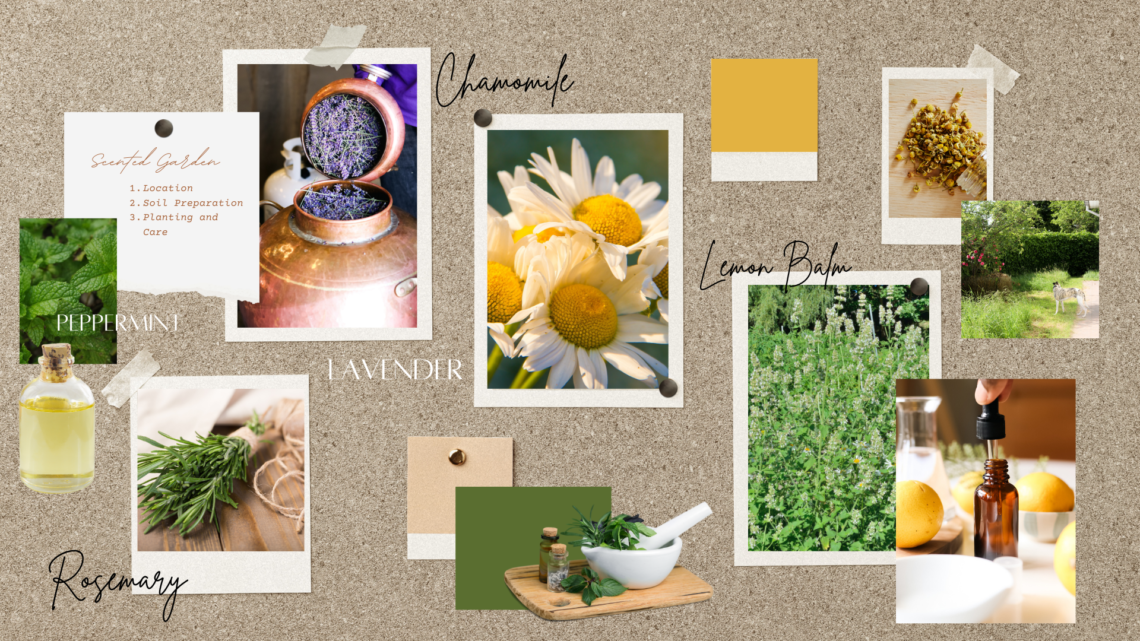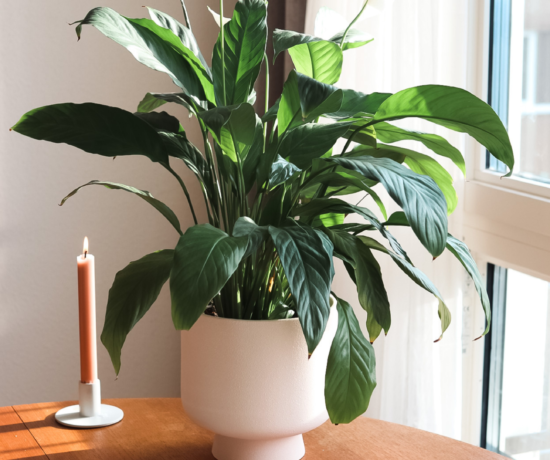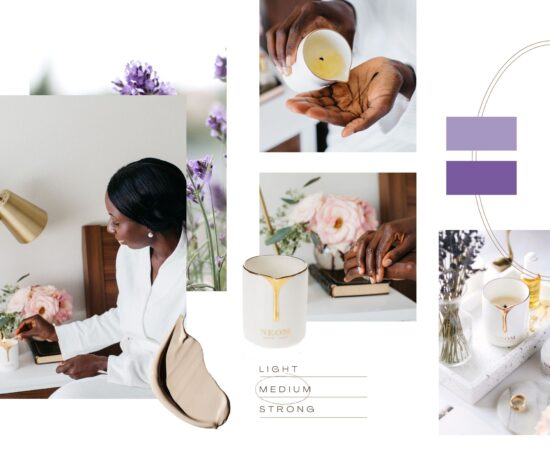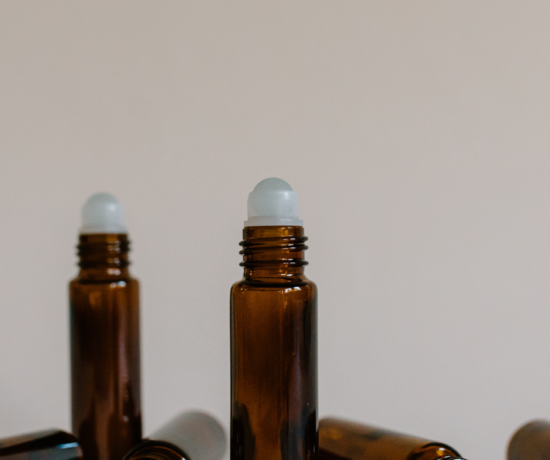Imagine stepping into a garden where every breath you take is filled with the calming, invigorating, or uplifting scents of your favorite herbs and flowers. Sounds dreamy, right? What if I told you that you could bring this aromatic haven to life in your own backyard? Even better, you can use the plants you grow to create DIY aromatherapy projects, like herb-infused candles and essential oils. Ready to embark on this fragrant journey? Let’s dive in!
The Magic of Aromatherapy
Aromatherapy is more than just a pleasant aroma; it’s a holistic healing treatment that uses natural plant extracts to promote health and well-being. The scents of certain plants can evoke strong emotional responses, reduce stress, and even improve sleep. By growing your own scented garden, you can harness these benefits right at home.
Choosing the Right Plants
The first step in creating your scented garden is selecting the right plants. Here are some popular options for DIY aromatherapy projects:
- Lavender: Known for its calming properties, lavender is perfect for making relaxing essential oils and candles.
- Rosemary: This herb boosts memory and concentration, making it ideal for infused oils or as a fresh addition to your workspace.
- Peppermint: Refreshing and invigorating, peppermint is great for making energizing essential oils.
- Chamomile: With its soothing qualities, chamomile is excellent for creating calming oils and teas.
- Lemon Balm: This uplifting herb can be used in essential oils to improve mood and reduce anxiety.
Setting Up Your Garden
Location, Location, Location
Choose a sunny spot for your garden. Most aromatic plants thrive in full sun, needing at least 6-8 hours of sunlight daily. Ensure the soil is well-drained to prevent root rot, which can be a common issue for many herbs and flowers.
Soil Preparation
Good soil is the foundation of a healthy garden. Mix organic compost into your soil to improve its texture and fertility. If you’re planting in pots, use a high-quality potting mix designed for herbs.
Planting and Care
Plant your herbs and flowers according to their specific needs. For instance, lavender prefers well-drained, slightly alkaline soil, while chamomile thrives in moist, well-drained conditions. Water your plants regularly, but be cautious not to overwater them. Herbs are generally more drought-tolerant and prefer to dry out between watering.
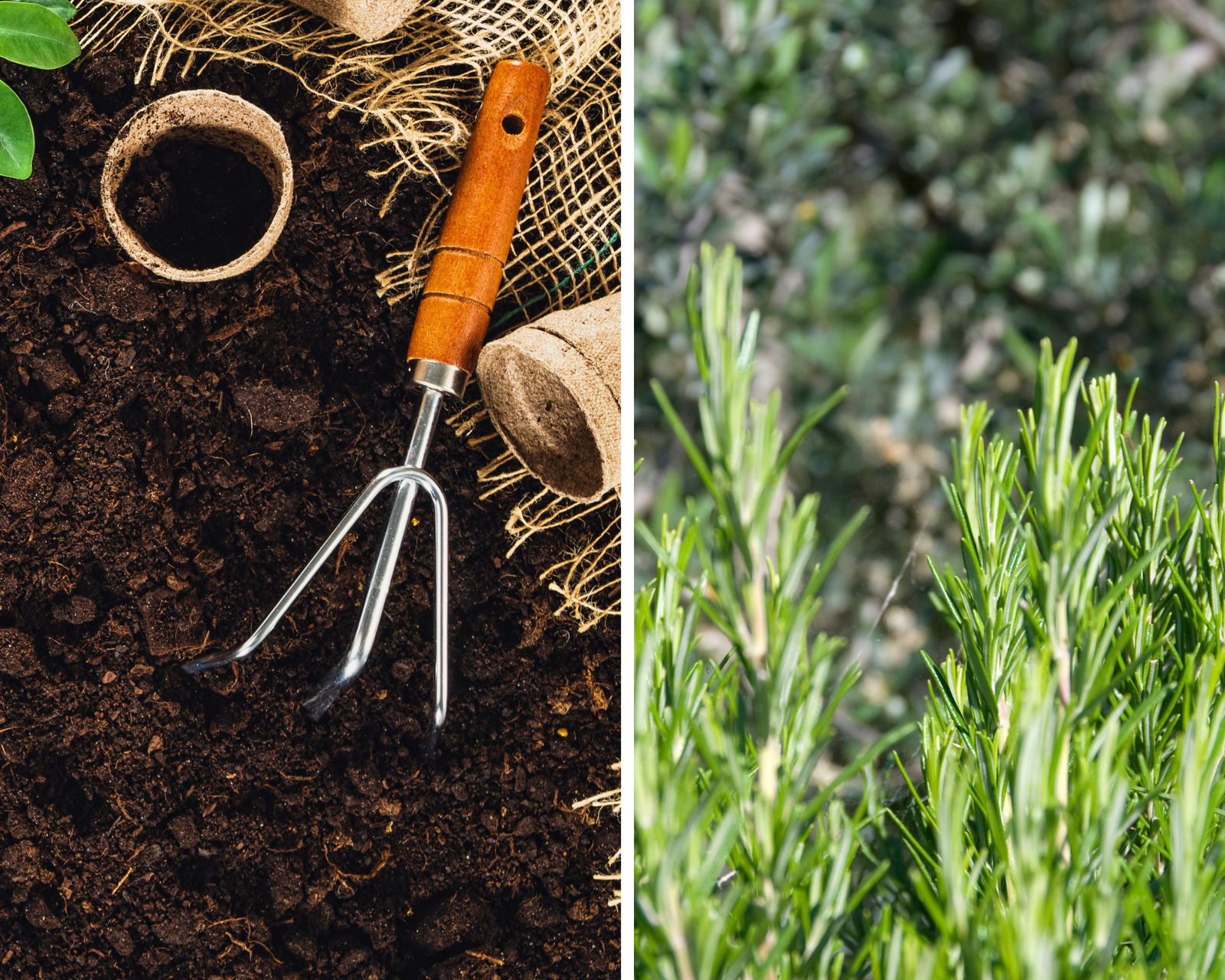
Harvesting and Drying
Once your garden is flourishing, it’s time to harvest the plants for your DIY projects. The best time to harvest is in the morning after the dew has evaporated but before the sun is too hot.
- Lavender and Chamomile: Harvest when the flowers are in full bloom.
- Rosemary and Peppermint: Pick the leaves before the plant flowers for the best flavor and scent.
- Lemon Balm: Harvest just before the flowers bloom for the most potent aroma.
Dry your herbs by hanging them in small bundles in a well-ventilated, dark place. Once completely dry, store them in airtight containers away from direct sunlight.
DIY Aromatherapy Projects
Herb-Infused Candles
Creating your own herb-infused candles is a simple yet rewarding project. Here’s a basic recipe to get you started:
Materials:
- Dried herbs (lavender, rosemary, or peppermint)
- Soy wax flakes
- Candle wicks
- Essential oils
- Candle jars
Instructions:
- Melt the soy wax flakes in a double boiler.
- Add a few drops of your chosen essential oils to the melted wax.
- Sprinkle dried herbs into the candle jars.
- Pour the melted wax into the jars, securing the wick in the center.
- Allow the candles to cool and harden completely before trimming the wick.
Essential Oils
Making your own essential oils requires a bit more effort but is incredibly rewarding. Here’s a simple method to try:
Materials:
- Fresh or dried herbs (lavender, rosemary, or peppermint)
- Carrier oil (such as jojoba or almond oil)
- A clean glass jar
Instructions:
- Fill the jar with your herbs.
- Pour the carrier oil over the herbs until they are completely submerged.
- Seal the jar and place it in a sunny spot for 2-3 weeks, shaking it gently every few days.
- Strain the oil through a cheesecloth into a clean jar, discarding the herbs.
Enjoy the Benefits
With your DIY aromatherapy projects complete, you can now enjoy the fruits (or rather, scents) of your labor. Light an herb-infused candle during your evening bath, or dab a bit of homemade essential oil on your wrists to boost your mood throughout the day. The possibilities are endless, and the benefits are profound.
Growing your own scented garden is not just about cultivating plants; it’s about nurturing a space that enhances your well-being. So, roll up your sleeves, get your hands dirty, and let the aromatic adventure begin!

